Manicure sticks: types, tips for choosing and using
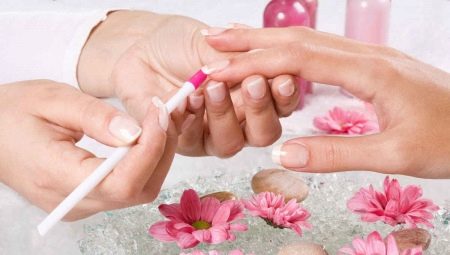
The orange stick is outwardly unremarkable, but no manicure procedure can do without it. These compact nail tools quickly became popular and were produced by many well-known brands.
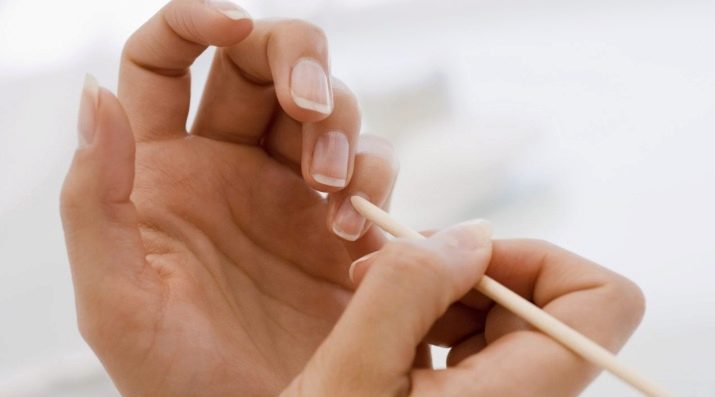
Peculiarities
This wooden manicure stick is made of orange wood. It has a sharp tip on one side and a rounded smooth tip on the other. The raw materials for the manufacture of manicure tools have been specially selected: the orange tree has an elastic and resilient surface that is not prone to delamination, which means it will not injure the surface of the nail and the surrounding skin. Also, this wood has a disinfecting effect, which is also important for a procedure such as a manicure.
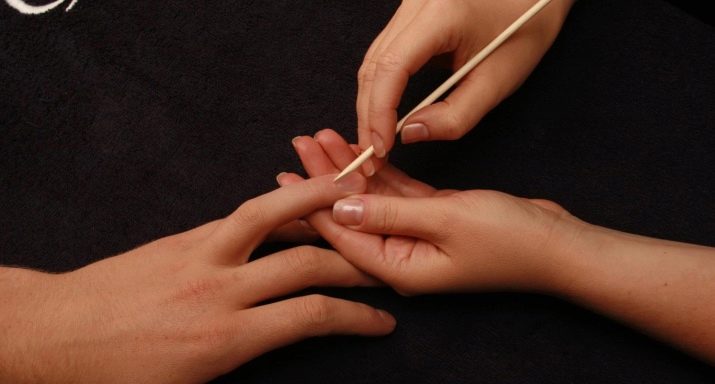
Orange sticks can vary in length and thickness. The first parameter ranges from 9-18 centimeters, and the second - in the range of 3-5 millimeters. The most convenient tool size is selected empirically.

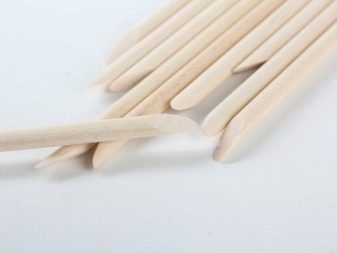
What are they for?
Manicure sticks are used in several nail treatments.
- Cleaning from contamination. The stick allows you to quickly and efficiently clean the inside of the nail. To do this, just hold under the nail with the sharp end of the manicure tool. It is important to take into account the fact that the more often the sticks are used for this procedure, the more often they need to be changed.
- Cuticle work. This procedure is the main function of orange sticks. The blunt side is used to push back the cuticle that is layered on the nail.Before carrying out this procedure, it is recommended to moisturize the skin around the nail with special agents. The sharpened edge of the stick will help remove hard cuticles. It is necessary to work with a wooden tool slowly, without pressure, so as not to harm the nail bed.
- Extension of the nail plate. The manicure stick will become an irreplaceable assistant when applying tips, creating nails from gel and acrylic, removing extended nails.
- Decorating. Orange sticks will help you to gently and efficiently glue rhinestones, beads, sequins, artificial stones, appliques on your nails. If the tool is well sharpened, it can be used to paint marigolds on wet gel polish. In caviar manicure, sticks are used as a means for smoothing the beads. Orange sticks are also required when creating a water manicure. They will help to beautifully mix varnishes of different colors.
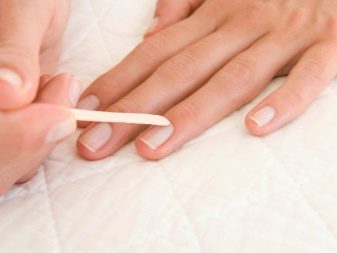
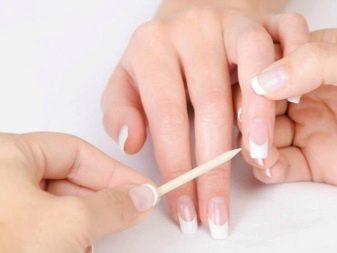
Advantages and disadvantages
Due to its special properties, orange tree wood does not injure the nail plate and skin, as it is quite soft and not prone to chipping. If there are small wounds on the skin near the nail, the antiseptic properties of the stick will prevent them from becoming inflamed.
In addition, wood sticks are affordable, so any girl can purchase them. Regardless of the brand, the quality of these products will always be at their best.
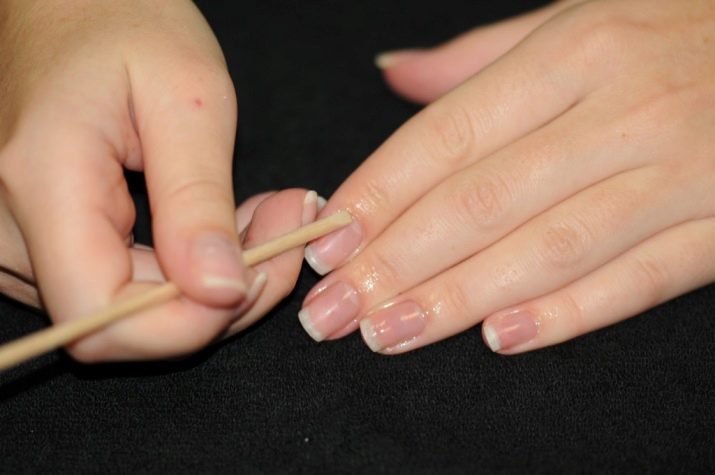
It is recommended to purchase orange sticks from branded cosmetics stores, where the proper conditions for their transportation and storage are observed in order to avoid buying damaged goods. The disadvantages of these manicure tools include the requirement for frequent replacement. That is, for each new manicure procedure, it is recommended to use a new stick. This is done based on the potential for dirt and subsequent inflammation.
Additionally, it is not required to process or sterilize the instrument before the manicure procedure. These measures can damage the wooden surface.
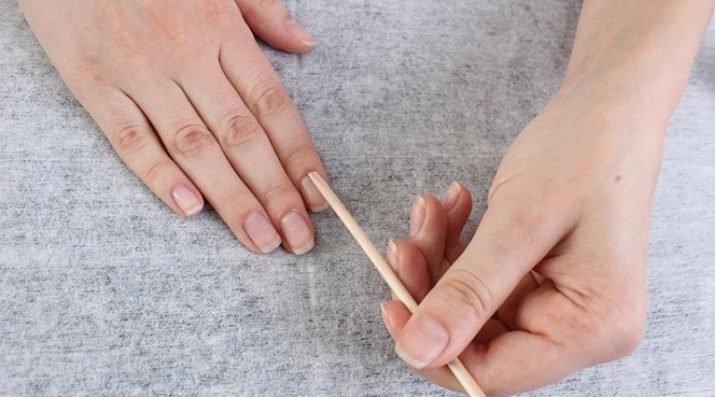
How to use?
Using orange sticks correctly is not difficult at all. If in an edged manicure special tweezers are used to remove the cuticle, then in unedged manicure (it is also called European) the cuticle is not removed, but only pushed back with an orange stick (a blunt end is used). It is necessary to move the cuticle very carefully, gently, without applying strong mechanical pressure to the area of the nail root, otherwise the nail will then grow deformed, with transverse grooves. This rule especially applies to the thumb and forefinger.
On a large nail, the nail matrix is very wide, and it does not have time to generate cells to form a dense surface. The nails are always softer and more sensitive there, so you need to handle them very carefully. You need to move the cuticle with a stick, which is practically in a supine position. Do not put the stick at an angle, so as not to injure the cuticle, nail, skin lateral roller, nail root.
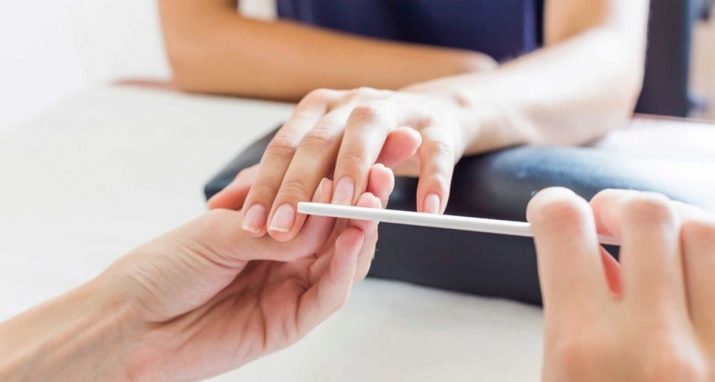
With elastic, slightly pushing, movements, you need to move the cuticle not only in the center, but also along the lateral ridges, according to the bends of the nail. On the sides, the cuticle moves to the center. There shouldn't be any discomfort. If there is pain, then first, the skin of the hands should be pre-moistened with a cream or dipped in a bath to soften the cuticle. Then it will be much easier to perform manipulations to push the skin away. After the bath, the nails should be blotted with a dry napkin.
In order for the movements to be more precise and precise, you need to find an emphasis with the little finger of your finger so that the hand is not suspended. You do not need to try to clean off the entire cuticle at once. After slightly pushing it back, you need to apply a remover (an acid or alkaline agent), which helps to dissolve dead cells and soften the cuticle and lateral ridges.
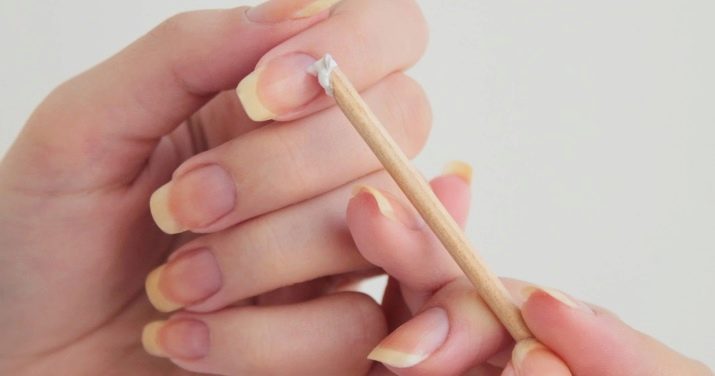
After the cuticle has softened, once again you need to walk over it with an orange stick. From the sinus corners towards each other, you need to walk with a stick so that it does not cling to anything. Then you need to clean the side walls towards the free edge.
If somewhere the cuticle is badly cleaned, it will remain and will interfere with the work of the scissors. Accordingly, it will be impossible to remove the cuticle with one strip, since the scissors will rest against it, which means that the edge after cutting will turn out to be uneven.
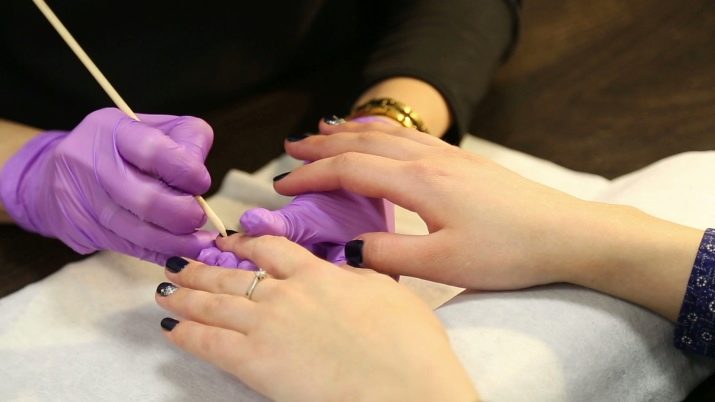
Removing gel polish, including magnetic, from the nail plate often requires the help of hard instruments. Inexperience, many beginners use iron tools and damage the surface of the nail. Accordingly, such instruments cannot replace the orange stick equally.
To gently remove the gel polish, drive the orange stick carefully. Before starting the procedure, you should clean the nails with a special liquid, according to the instructions. Slowly and carefully, you need to remove the remaining color spots with a stick.
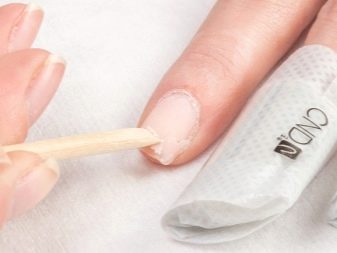

What to replace?
It so happens that metal sticks with rubber balls at the end, suitable for sensitive skin, are used for the cuticle removal procedure. Such tools have several more names - pusher or scraper. They can differ externally: they have a tip in the form of a shovel, ax or spear. There are models equipped with a trimmer.
Pushers are made of medical steel. Their tips are sharp enough and do not require additional sharpening steps. Pushers are easy to disinfect, and, accordingly, can be used many times.

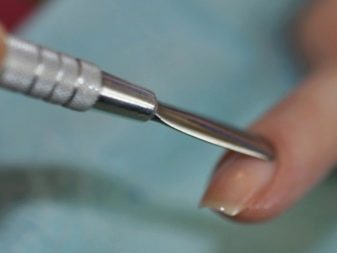
Many girls note that it is very convenient to use them, but the effectiveness of these tools is much lower than the result from using orange sticks, and the harm done is very significant. The cuticle skin is very thin and the nail growth area is a sensitive spot. Any awkward movement in such a place can cause sore wounds and painful sensations.
There are also plastic cuticle sticks. They are often used by girls with very thin and delicate skin. However, the tip of the plastic stick does not move well along the surface of the cuticle and it is necessary to exert force to remove the film, which can also cause mechanical injury to the nail.
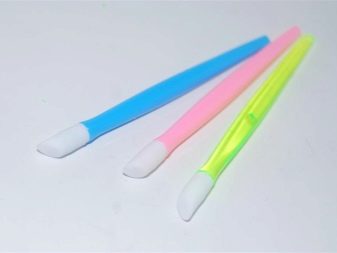
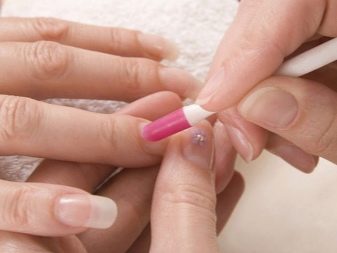
Advice
Orange stick absorbs moisture, dirt, dust very quickly. It is impossible to disinfect this manicure attribute, therefore, nail art experts recommend using a new tool for each nail treatment procedure.

If you need to slightly correct the shape of the tip of the orange stick, you can do this with an abrasive file with coarse chips.
If the stick is used for decorative and decorative purposes, it is recommended to dip it in a colorless varnish before gluing small parts for further ease of grip.
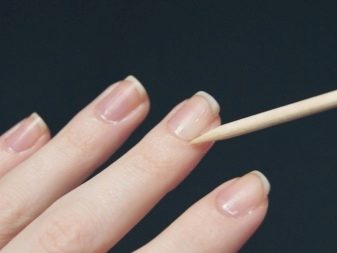
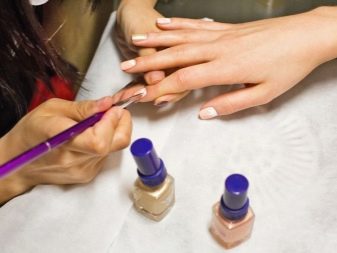
How to choose and how to use manicure sticks, see the video below.








